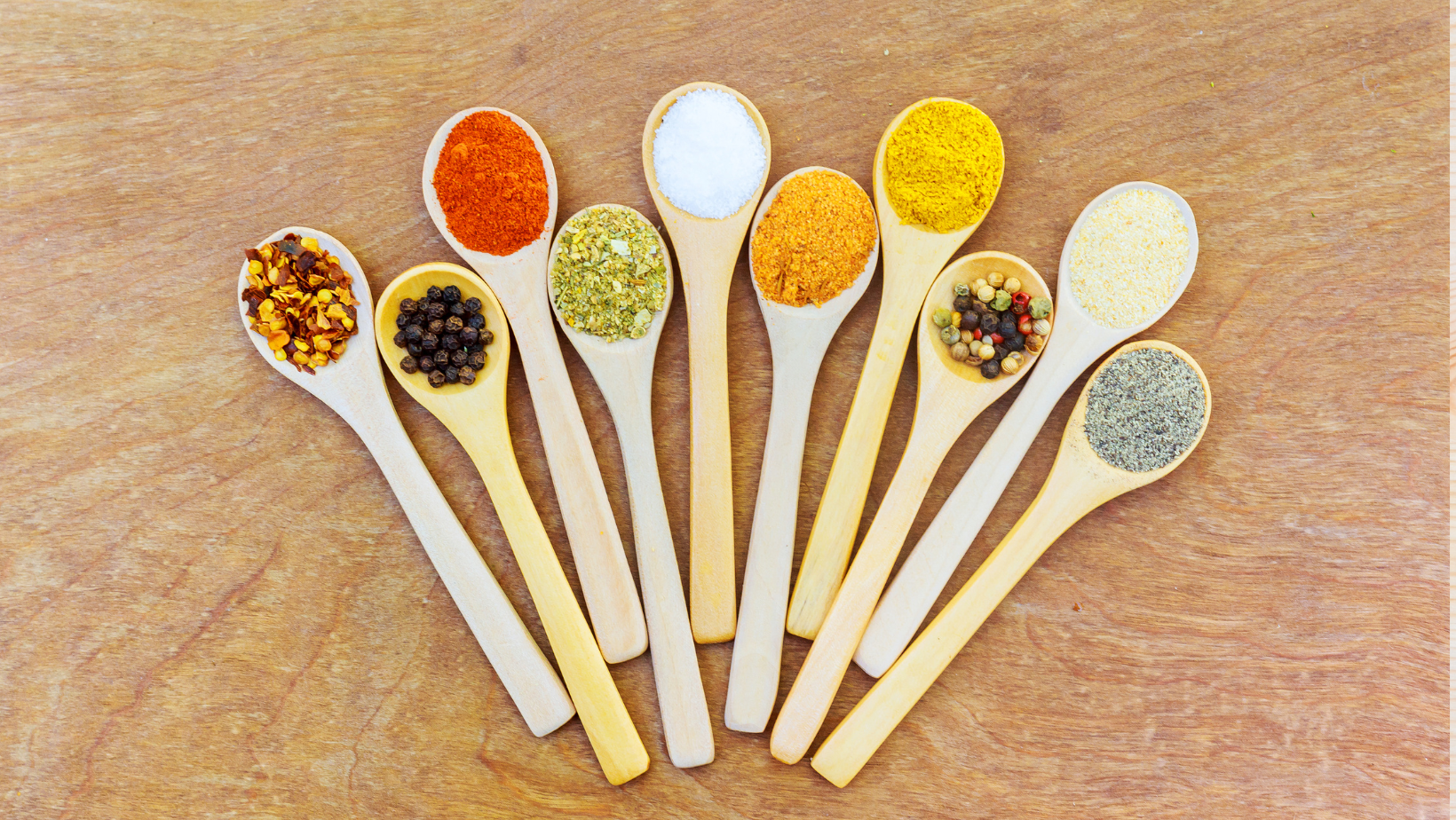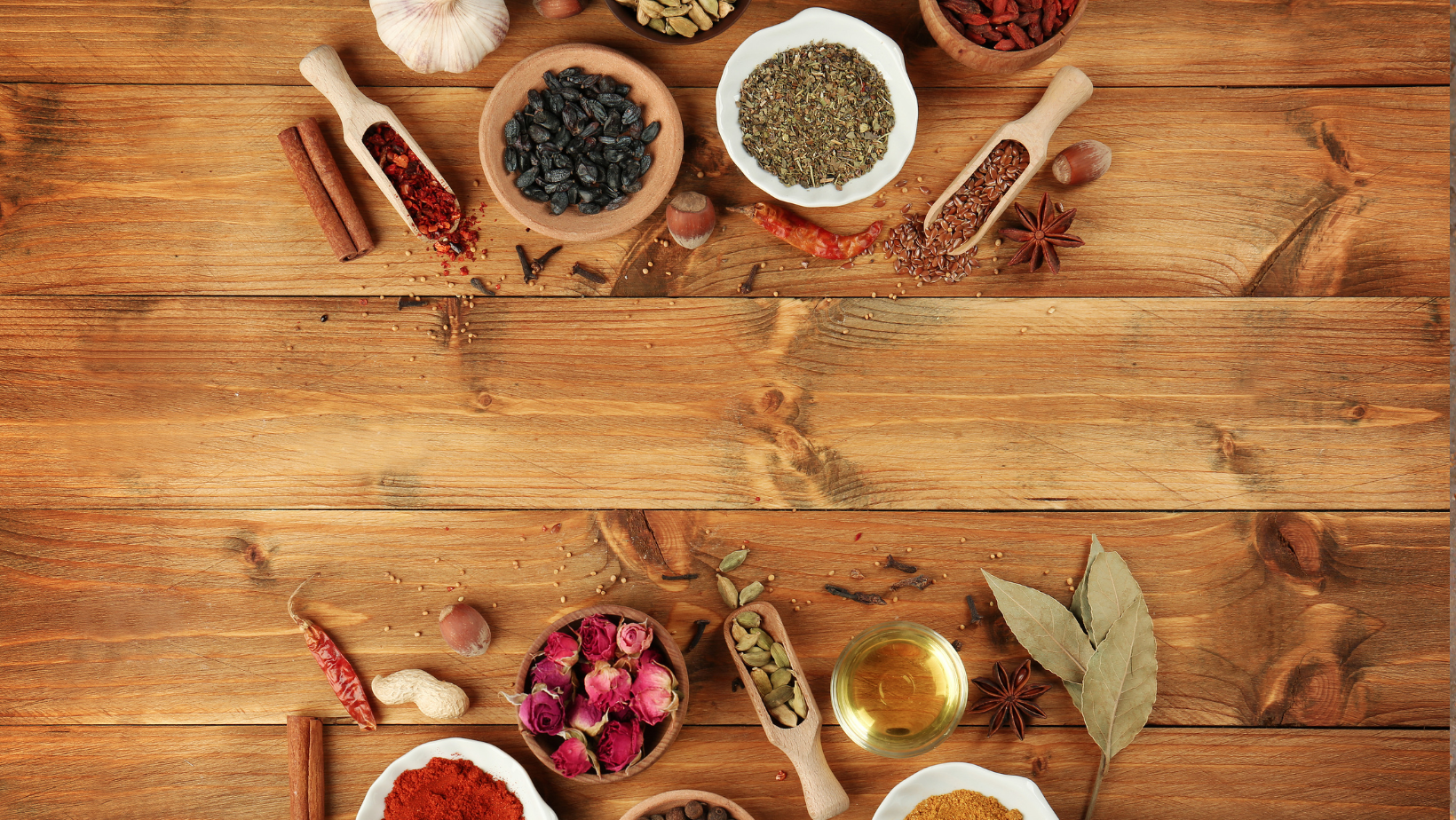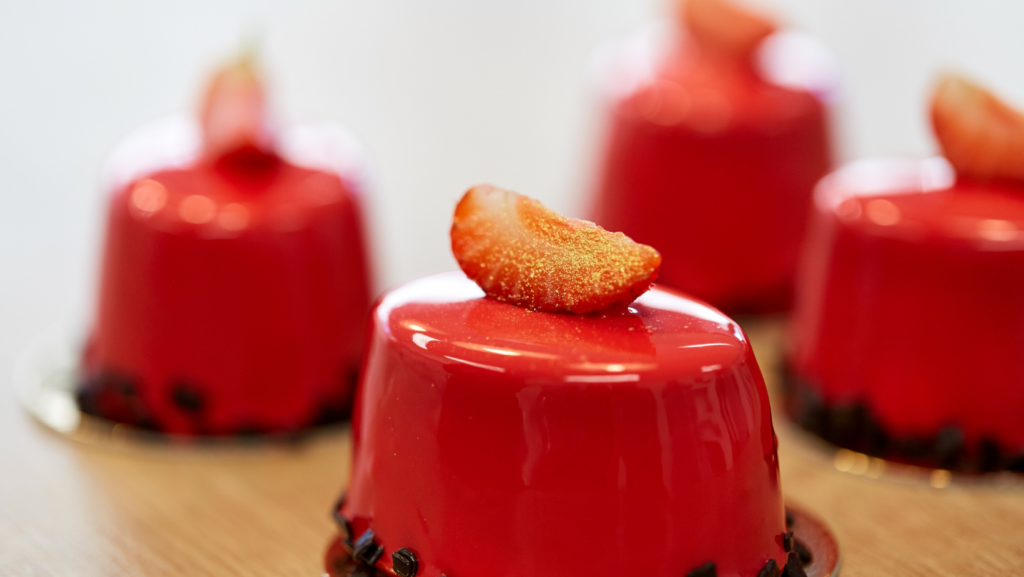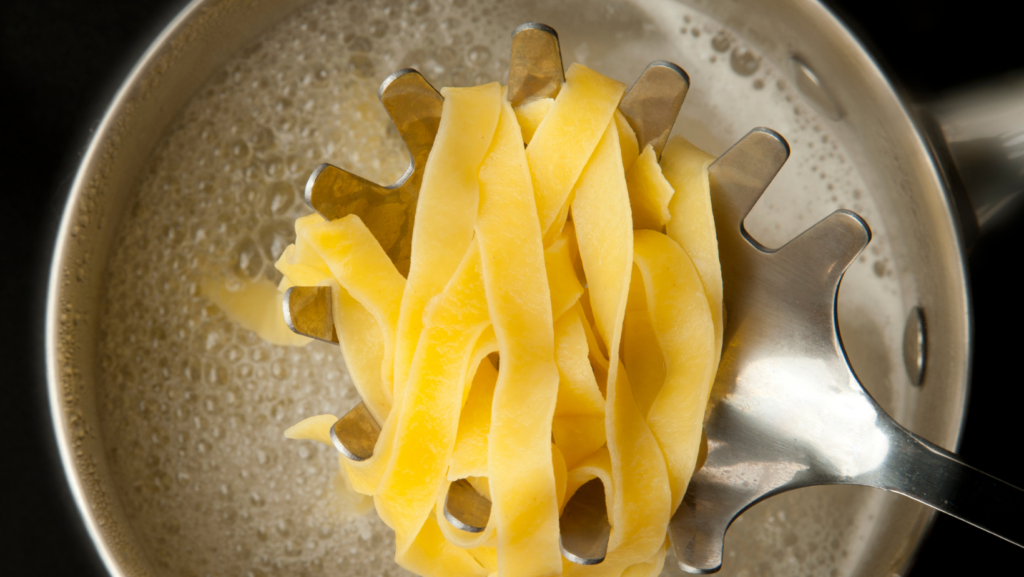Aromatics culinary definition in cooking aren’t just ingredients; they’re the cornerstone of flavor in culinary traditions around the globe. From the sizzling garlic in Italian sauces to the vibrant ginger dancing through Asian stir-fries, these foundational elements transform simple dishes into aromatic masterpieces. Understanding what aromatics are and how they’re used can elevate anyone’s cooking from mundane to extraordinary.
Aromatics Culinary Definition
 Common Ingredients Considered Aromatics
Common Ingredients Considered Aromatics
Aromatics culinary definition in cooking refer to a combination of vegetables, herbs, and spices that are cooked, usually at the start of a dish, to develop depth and flavor. These ingredients are sautéed to release their essential oils, which are key to forming the dish’s aromatic base.
Vegetables
Commonly used aromatic vegetables include onions, carrots, and celery. This trio, often called mirepoix in French cuisine, acts as the foundational flavor for many soups, stews, and sauces. In Italian cooking, a similar mix called soffritto, which includes garlic, onions, and celery, is used, while the Spanish version, sofrito, incorporates peppers.
Herbs
Herbs like bay leaves, thyme, and rosemary are frequently used as aromatics. These herbs contribute distinctive flavors and smells that can subtly or significantly alter the profile of a dish. For instance, bay leaves add a subtle depth to long-cooking dishes such as stews and bolognese sauces.
Spices
Spices play a critical role in the development of aromatics, with examples including cumin, coriander, and cloves. These spices can be used whole or ground, and they often undergo toasting or frying to enhance their flavors before other ingredients are added.
By using these aromatic ingredients, cooks can significantly enhance the taste and appeal of their dishes, turning simple meals into complex, flavorful experiences. The choice of aromatics varies widely across different cuisines, reflecting local tastes and available ingredients.
The Role of Aromatics in Culinary Practices
Aromatics serve a crucial role in culinary practices, acting as foundational elements that chefs use to build complex flavors and aromas in a wide array of dishes. By skillfully integrating aromatics such as onions, carrots, and various herbs, chefs create a flavor base that significantly enhances the overall taste of meals. This fundamental technique appears in multiple culinary traditions, demonstrating its universal importance in cooking.
For instance, in French cuisine, a mirepoix consisting of diced vegetables cooked slowly in butter forms the backbone of many classic dishes. Similarly, Italian and Spanish cuisines employ soffritto and sofrito respectively, both of which rely on a medley of finely chopped ingredients sautéed to release their flavors.
How to Use Aromatics Effectively in Cooking
Pairing Aromatics with Foods
Pairing the right aromatics with specific foods can transform a simple dish into a culinary  masterpiece. When selecting aromatics, consider the protein or main ingredient of the dish to achieve a harmonious flavor profile.
masterpiece. When selecting aromatics, consider the protein or main ingredient of the dish to achieve a harmonious flavor profile.
- Meat Dishes: Robust aromatics like rosemary, thyme, and bay leaves enhance the flavors of meats such as beef, lamb, and pork. Garlic and onion form a classic duo that complements the hearty nature of these proteins.
- Seafood: For lighter proteins like fish and shellfish, milder aromatics such as fennel, parsley, and lemon zest are ideal. They add freshness without overpowering the delicate flavors of the seafood.
- Vegetable-Based Dishes: Earthy aromatics like cumin, coriander, and carrots work well with root vegetables and legumes. For lighter veggies like greens or peas, consider using aromatic herbs like basil or tarragon, which provide a burst of freshness.
- Rice and Grains: Scallions, ginger, turmeric, and saffron impart vibrant flavors and colors, enhancing the natural nuttiness of grains. These aromatics are widely used across various cuisines to elevate basic rice and grain dishes.
Examples of Aromatic Blends in Various Cuisines
Mastering the art of using aromatics can transform your cooking from simple to sublime. By exploring the diverse range of aromatic blends each cuisine offers you’ll not only enhance the flavor of your dishes but also embark on a cultural journey through taste. Whether it’s the boldness of rosemary in a hearty meat stew or the subtle touch of fennel in a delicate seafood dish the strategic use of these flavor enhancers is key to achieving authentic and memorable culinary creations. So next time you’re in the kitchen remember the power of aromatics—they’re not just ingredients but the heartbeat of remarkable cuisine.


